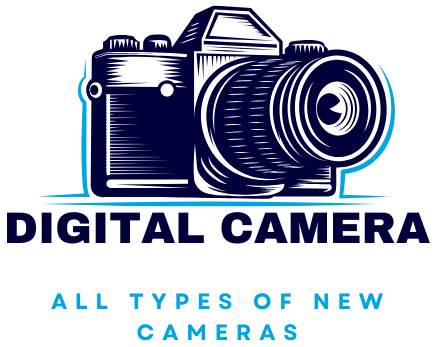How does a mirrorless camera compare to a DSLR for night photography
| We have chosen the BEST photography digital camera with bargain price Now just for you ! Click HERE to check our different photography digital camera for your need. Team chose the BEST Digital Camera |
How Does a Mirrorless Camera Compare to a DSLR for Night Photography
Night photography can be a challenging yet rewarding experience for photographers. The choice between a mirrorless camera and a DSLR frequently enough arises, especially for those looking to capture stunning low-light images. In this article, we’ll dive deep into the strengths and weaknesses of both camera systems concerning night photography and provide you with insights that can help you make an informed decision.
Understanding the Basics: Mirrorless vs DSLR
Before we explore night photography capabilities,let’s clarify the basic differences between mirrorless cameras and DSLRs.
- Mirrorless Cameras: These cameras use electronic viewfinders or LCD displays to show the image sensor output without the need for a mirror mechanism.
- DSLRs (Digital Single-Lens Reflex): DSLRs employ a mirror and optical viewfinder system. The mirror reflects light into an optical viewfinder,which can complicate design and often makes the camera bulkier.
Key Factors for Night Photography
1. Sensor Performance
The sensor is one of the most critical components in determining low-light performance. Let’s compare the sensor capabilities of both systems:
| Feature | Mirrorless Cameras | DSLRs |
|---|---|---|
| ISO Range | Generally offers wider ISO ranges for better low-light performance. | Varies by model; many also provide excellent ISO performance. |
| Dynamic Range | Tends to have better dynamic range, preserving more detail in shadows. | Good dynamic range, but might potentially be limited in older models. |
| Noise Levels | Newer mirrorless models typically exhibit lower noise at high ISO settings. | High ISO performance can vary substantially between models. |
2. Autofocus Systems
Fast and accurate autofocus systems can be pivotal for capturing fleeting night scenes.Here’s how they compare:
- Mirrorless Cameras: Many models utilize on-sensor phase detection and contrast detection, resulting in better low-light autofocus performance.
- DSLRs: Typically feature a dedicated phase detection system, but frequently enough struggle in low light unless designed for such conditions.
3. Lens Options
In low-light situations, having access to faster lenses (representing larger apertures) is crucial. Here’s what you need to consider:
| Camera Type | Available Lenses | Fast Lens Availability |
|---|---|---|
| Mirrorless Cameras | A growing range of native and adapted lenses, including f/1.4 and f/1.8 options. | Highly versatile, excellent fast lens options. |
| DSLRs | Expansive selection of lenses, including many fast options. | Wide variety, but some may be limited by brand. |
Benefits of Using Mirrorless Cameras for Night Photography
Here are some compelling reasons why you might prefer a mirrorless camera for nighttime shooting:
- Live View: Provides real-time exposure preview, enabling you to see how settings will affect the shot.
- Weight and Size: Typically lighter and more compact, making them easier to handle for long durations.
- Video Capabilities: Many mirrorless models also excel in video recording, which is a bonus if you want to capture footage alongside still images.
Practical Tips for Night Photography
Regardless of the camera type, there are specific techniques you should employ to capture stunning night shots:
- Use a Tripod: Essential for stabilizing your shots during lengthy exposures.
- Open Your Aperture: Use lower f-stop settings to let in maximum light.
- Manual Focus: Autofocus can struggle at night; switch to manual focus to achieve sharp results.
- experiment with Exposure Compensation: Night scenes may require compensation for better results.
Firsthand Experience: Case Studies
Many photographers have explored the differences between mirrorless and DSLRs during night shoots. Here are insights from a few:
Case Study 1: A wildlife photographer using a mirrorless camera reported better results with autofocus performance during a night safari, capturing animals with minimal noise.
Case Study 2: A street photographer showcased the versatility of a DSLR with an f/1.4 lens, capturing crisp images of city life at night.
Conclusion: Choosing the Right Camera for Night Photography
Ultimately,both mirrorless cameras and DSLRs have unique advantages when it comes to night photography. While mirrorless cameras may offer more benefits in terms of weight, autofocus capabilities, and real-time view of exposure, DSLRs still provide a solid platform, especially with thier vast selection of lenses and robust build quality.
For photographers looking to venture into nighttime shooting, the decision should be based on personal preference, previous experience, and specific shooting needs.By understanding the strengths of each system, you can make an informed choice that enhances your photography adventures under the stars.
| We have chosen the BEST photography digital camera with bargain price Now just for you ! Click HERE to check our different photography digital camera for your need. Team chose the BEST Digital Camera |
